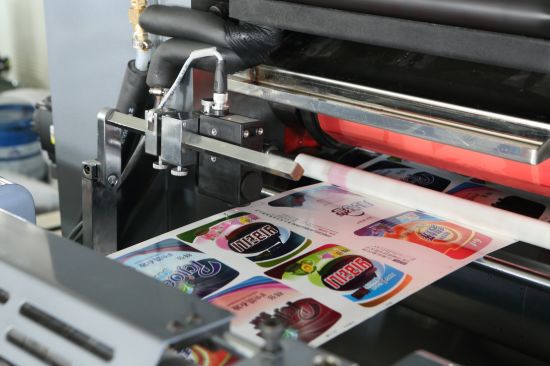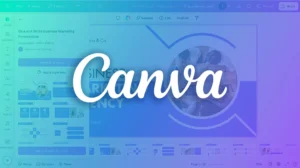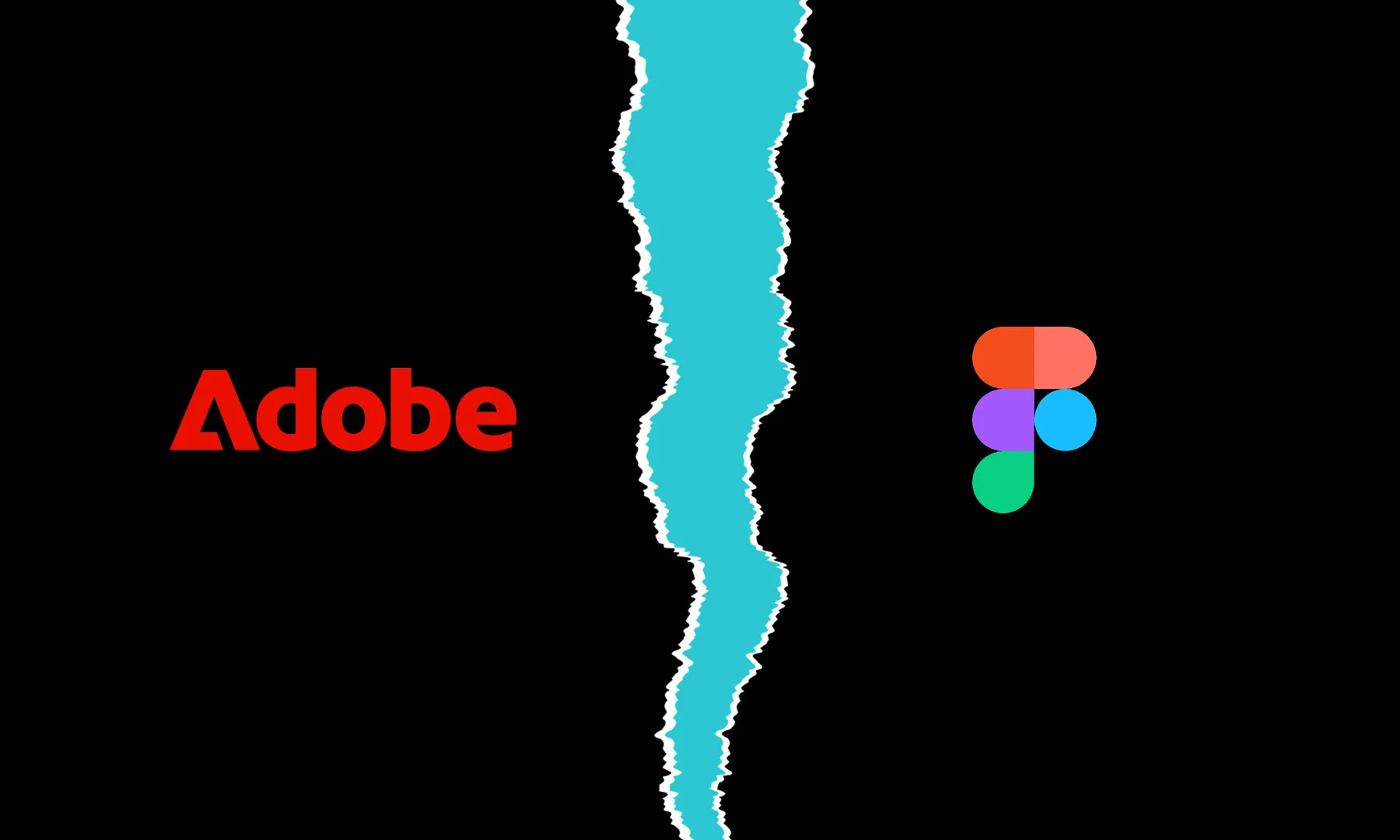The terms “digital printing” and “offset printing” may appear in your research into printing a project if you’re trying to decide which method will work best for you. It will make a huge difference in costs and outcome quality. Understanding the differences between screen printing and offset printing can assist you in deciding which method is most appropriate for your upcoming activities. Both printing methods produce prints of exceptional quality, suitable for use in commercial printing of the highest caliber. The volume of a print project and the specific needs of a niche project are frequently deciding factors for customers.
What is Digital Printing?
Toner or larger printers that use liquid ink are the only options for digital printing, which does not use plates like offset printing. When lower quantities are needed, digital printing shines; consider a run of 20 cards or 100 flyers as an example. Printing with variable data is yet another advantage of digital printing. Digital is the only option when each item requires a unique code, name, or address. This is an issue with offset printing.
Digital Printing Advantages:
- For short runs, setup costs are less expensive.
- Print when you need it at a given time.
- Allows small quantities of printing
- Digital printing in black and white for a low price
- A wide range of options for storing and processing data
- More and more things can be done with digital quality, thanks to technological advancements.
What is Offset Printing?
A rubber “blanket” is used to transfer an image onto a sheet of paper using offset printing plates, typically aluminum. This printing method is offset because the ink is not directly transferred to the paper. Due to their efficiency, offset presses are the best option for printing large quantities and providing accurate color reproduction and a professional look.
This technique allows you to use Pantone colors as well, as each color gets its own layer in the printing process.
You’ve probably encountered this when buying ink for your home printer. It contains 4 colors – cyan, magenta, yellow and black. This is called CMYK. These four colors can create all the colors you need for your print. In each printer, the result may be slightly different,
Pantone is color coded. It is used for printing when a brand needs all printed components to be similar regardless of which printer is used or by which vendor. A Pantone color is considered a five color because it is added to the CMYK colors.
This technique cannot be applied in digital printing but only in offset.
Offset Printing Advantages:
- Printing in bulk is a cost-effective option
- When you print more, you save money because each piece costs less.
- Allows printing on various paper types and custom finishes
- Different custom sinks, including metallic and Pantone colors, are available.
- Printing of the highest quality possible, with enhanced clarity and color accuracy
Conclusion
Both offset and digital printing have their advantages and disadvantages. Your project’s needs define which one is best for you. Offset printing is the only option when printing in large quantities (hundreds or thousands) or using a custom Pantone color. Offset printing allows you to print on a broader range of custom papers and inks to further expand your possibilities.
In the case of a small quantity of less than 100, digital printing is the answer. This is an excellent option for businesses because it meets their needs while providing a high-quality printed product that enhances their brand image.









